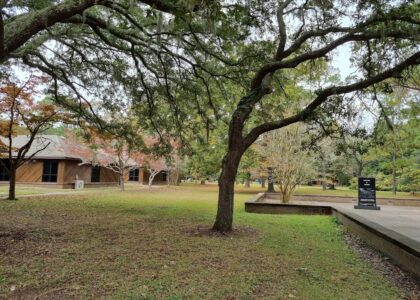Welcome to Johnson Hall State Historic Site, a window into the vibrant colonial past of New York. This Georgian-style mansion was once the home of Sir William Johnson, an Irish immigrant who became a key figure in the British colonial administration. Born in 1715, Johnson arrived in America in the 1730s to manage his uncle’s lands. Through his adept diplomacy and understanding of Native American customs, he forged strong alliances with the Mohawk and other Iroquois nations. This relationship was crucial during the French and Indian War, where Johnson played a pivotal role in British victories.
Sir William constructed Johnson Hall in 1763, just seven miles from the Mohawk River, using wood planks cleverly designed to resemble stone. The house was designed by Peter Harrison, a renowned colonial architect. It became the center of a vast 400,000-acre estate and a hub of colonial life in the region. Johnson Hall was not just a home; it was a bustling estate with gardens, mills, and numerous outbuildings. It was a place where cultures met, and the hall often hosted councils with Native American leaders, sometimes accommodating hundreds of visitors.
After Sir William’s death in 1774, the estate was inherited by his son, John Johnson. However, the American Revolution brought turmoil. The Johnson family, loyal to the British Crown, fled to Canada, and the estate was seized by the state of New York in 1779. It was sold to Silas Talbot, a Patriot officer. During the war, Johnson Hall was part of the Battle of Johnstown in 1781, one of the last battles of the American Revolution.
The property remained a private residence until 1906 when the state acquired it to preserve its historical significance. Restoration efforts in the early 20th century and the 1950s aimed to return Johnson Hall to its original grandeur. Today, it stands as a National Historic Landmark, offering visitors guided tours that reveal the lives of the Johnson family and the many people who lived and worked on the estate. Special events and reenactments breathe life into its storied past, making history tangible for all who visit.





